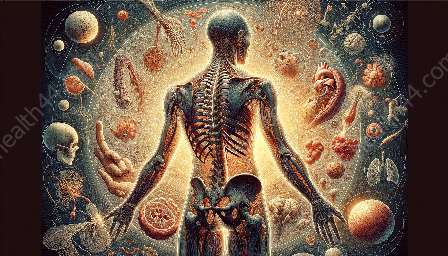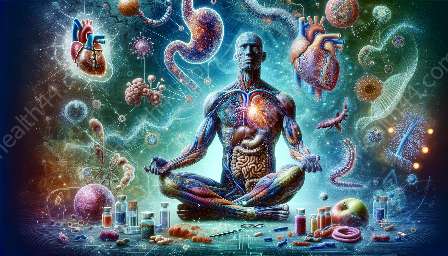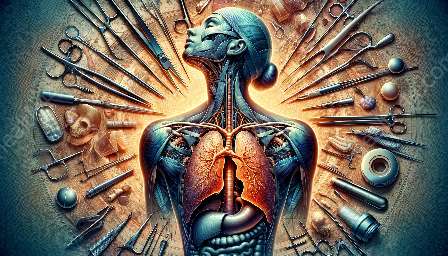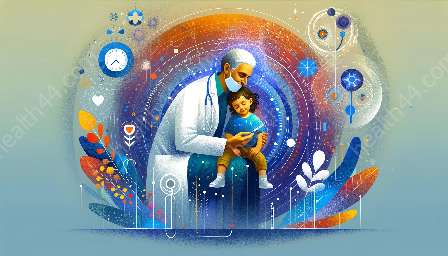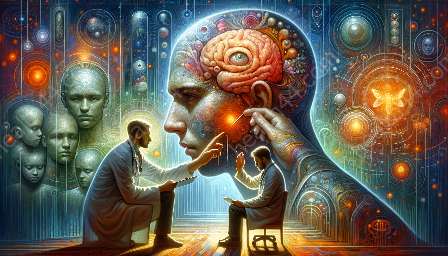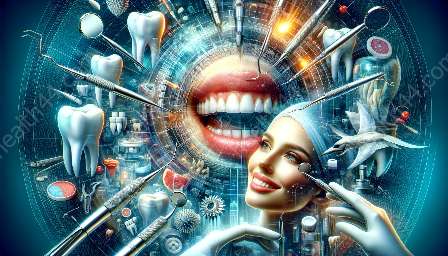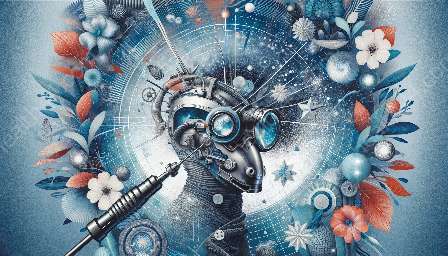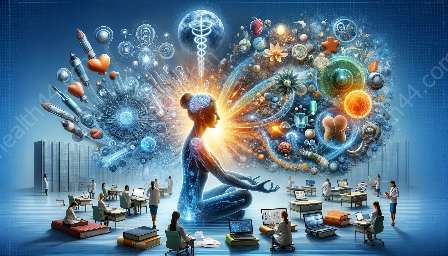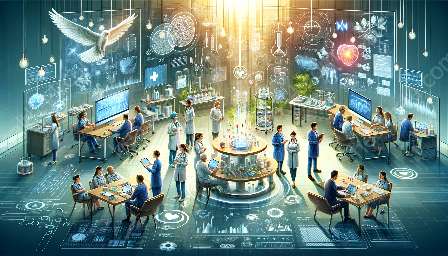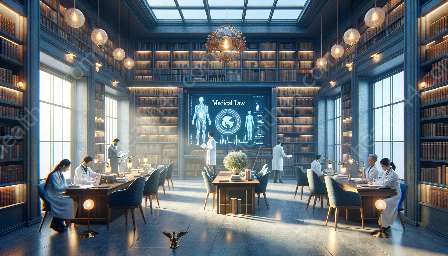Medical imaging plays a critical role in modern healthcare, aiding in the diagnosis, treatment, and monitoring of various medical conditions. This topic cluster will delve into the fascinating world of medical imaging, exploring its different modalities, applications, and advancements, and shedding light on the impact it has on healthcare and patient outcomes.
Understanding Medical Imaging
Medical imaging refers to the techniques and processes used to create visual representations of the interior of a body for clinical analysis and medical intervention. These images are used by healthcare professionals to investigate, diagnose, and treat various medical conditions. Medical imaging has revolutionized the field of medicine, providing valuable insights and enabling non-invasive examination of the body's internal structures.
Modalities of Medical Imaging
There are several modalities of medical imaging, each offering unique capabilities and insights into different aspects of the human body. These modalities include:
- 1. X-ray Imaging: Utilizes electromagnetic radiation to create images of the body's internal structures, primarily used to visualize bones and detect abnormalities.
- 2. Computed Tomography (CT): Combines X-rays and computer technology to create detailed cross-sectional images of the body, useful for diagnosing and guiding interventions for various medical conditions.
- 3. Magnetic Resonance Imaging (MRI): Uses powerful magnets and radio waves to generate detailed images of organs and tissues, offering excellent soft-tissue contrast and visualization capabilities.
- 4. Ultrasound Imaging: Relies on high-frequency sound waves to produce dynamic images of the body's internal structures, commonly utilized for assessing fetal development and diagnosing various medical conditions.
- 5. Nuclear Medicine: Involves the use of radioactive substances to create images of the body's functioning at a molecular level, aiding in the diagnosis and treatment of diseases such as cancer and heart conditions.
Applications of Medical Imaging
Medical imaging has a wide range of applications across different medical specialties and healthcare settings. It is used for:
- 1. Diagnostic Imaging: Medical imaging is crucial for identifying and characterizing diseases, injuries, and abnormalities within the body, enabling accurate diagnoses and treatment planning.
- 2. Interventional Procedures: Certain imaging modalities, such as fluoroscopy and CT, are used to guide minimally invasive procedures, including biopsies, catheter placements, and tumor ablations.
- 3. Treatment Monitoring: Medical imaging is employed to monitor the progression of diseases and the effectiveness of treatments, guiding adjustments to the patient's care plan.
- 4. Research and Education: Medical imaging plays a vital role in medical research and education, facilitating the study of anatomy, pathology, and medical innovations.
Advancements in Medical Imaging Technology
The field of medical imaging is continuously evolving, driven by technological advancements and innovations aimed at improving the quality, speed, and accessibility of imaging modalities. Some notable advancements include:
- 1. Artificial Intelligence (AI) Integration: AI-driven algorithms are being integrated into medical imaging systems to assist in image analysis, interpretation, and diagnosis, enhancing efficiency and accuracy.
- 2. 3D and 4D Imaging: Advances in imaging technology have enabled the visualization of anatomical structures and physiological processes in three and four dimensions, providing enhanced perspectives for medical professionals.
- 3. Molecular Imaging: Innovative imaging techniques allow for the visualization of cellular and molecular processes within the body, leading to improved understanding and detection of diseases at the molecular level.
- 4. Point-of-Care Imaging: Portable and handheld imaging devices are revolutionizing healthcare delivery by enabling medical imaging at the point of care, particularly in resource-limited or remote settings.
Impact of Medical Imaging on Healthcare
Medical imaging has significantly impacted healthcare in numerous ways, including:
- 1. Early Detection and Diagnosis: Advanced imaging techniques enable the early detection and accurate diagnosis of diseases, leading to timely interventions and improved patient outcomes.
- 2. Personalized Medicine: Imaging technologies help tailor treatment plans to individual patients, considering their unique anatomical and physiological characteristics.
- 3. Minimally Invasive Interventions: Imaging guidance allows for precise and minimally invasive procedures, reducing the need for extensive surgeries and promoting faster recovery.
- 4. Enhanced Research and Development: Medical imaging fuels medical research and innovation, contributing to the development of new diagnostic tools, treatment modalities, and therapeutic approaches.
Conclusion
Medical imaging is an indispensable component of modern healthcare, playing a pivotal role in disease detection, treatment planning, and patient care. With continuous technological advancements and the integration of innovative techniques, medical imaging continues to enhance our understanding of the human body and improve healthcare outcomes.

